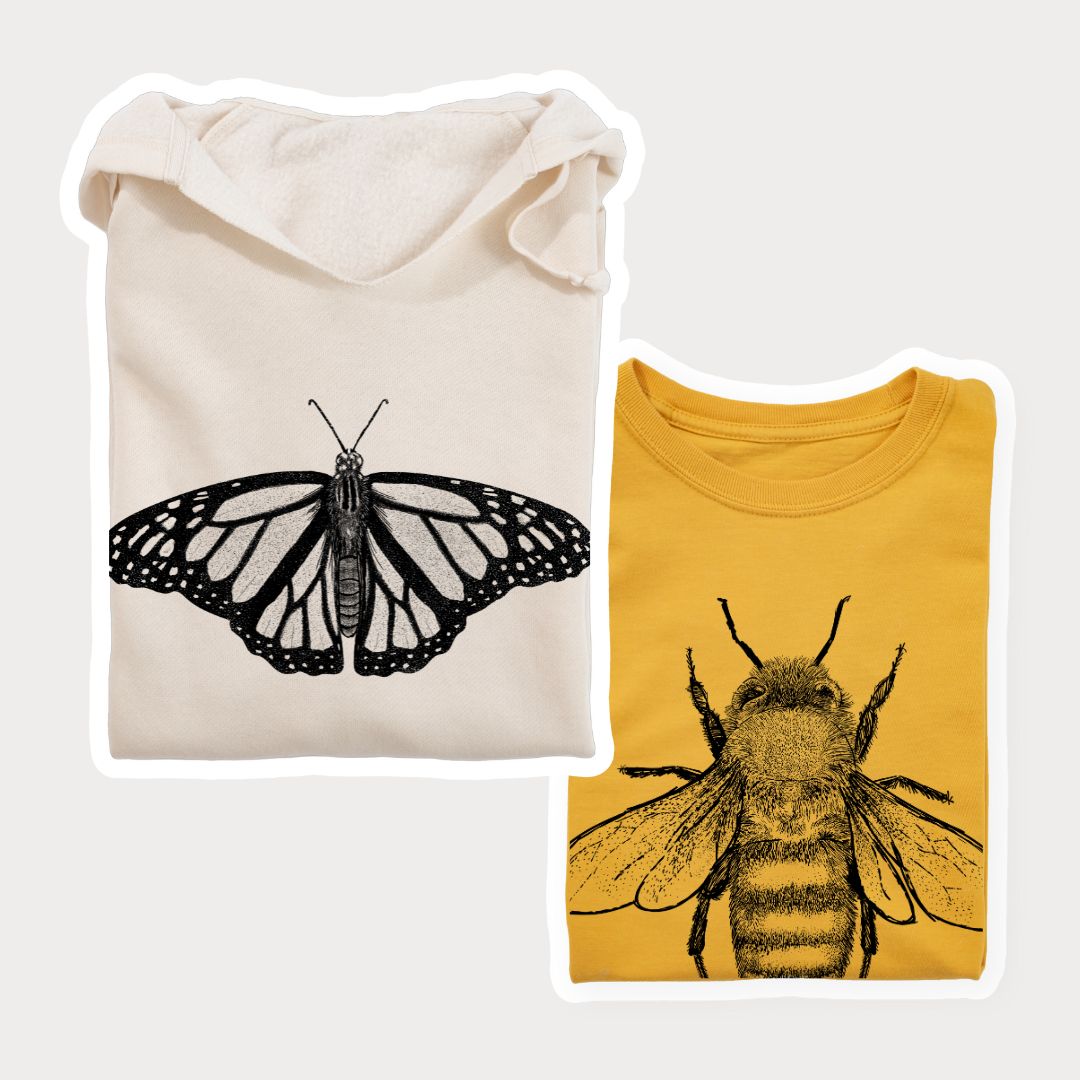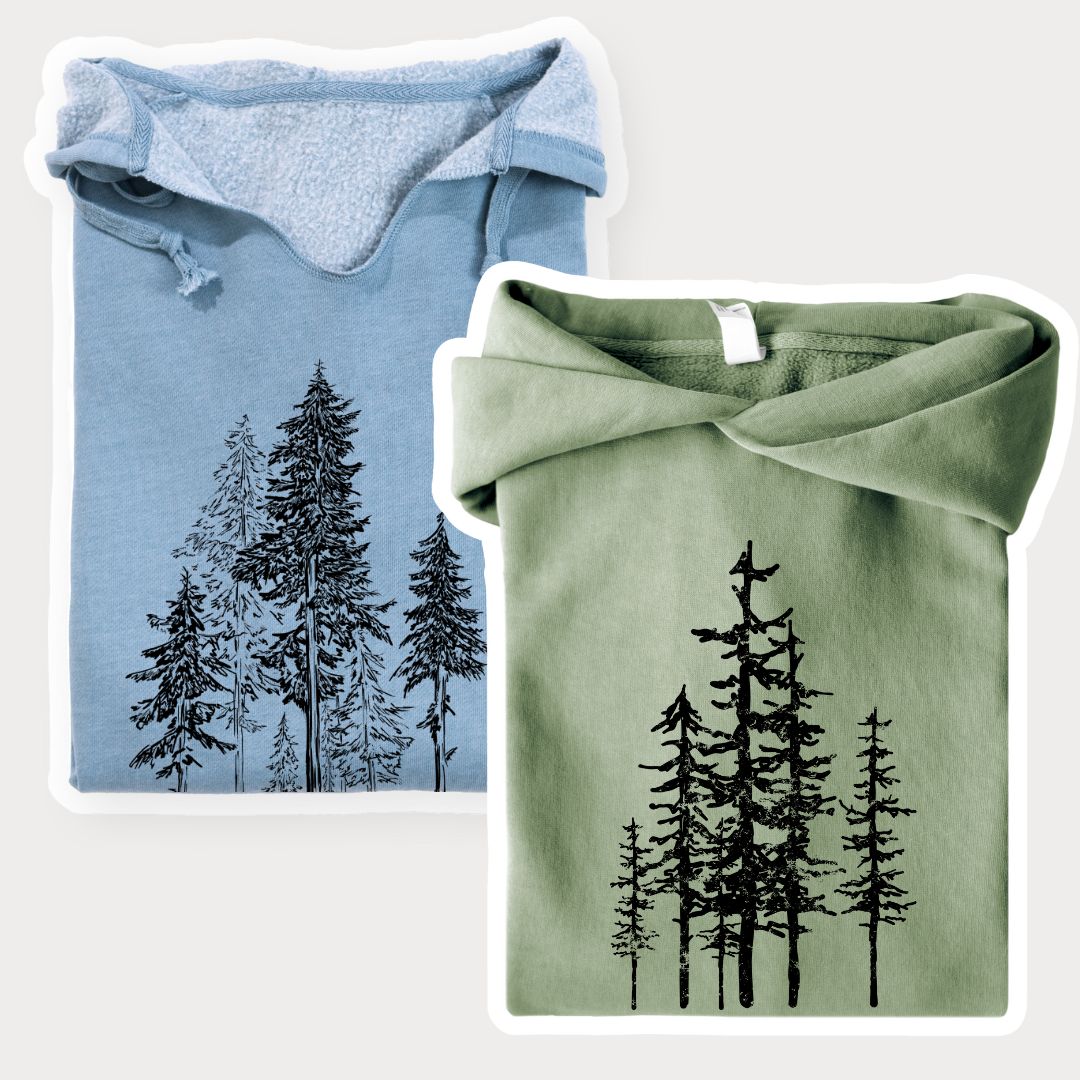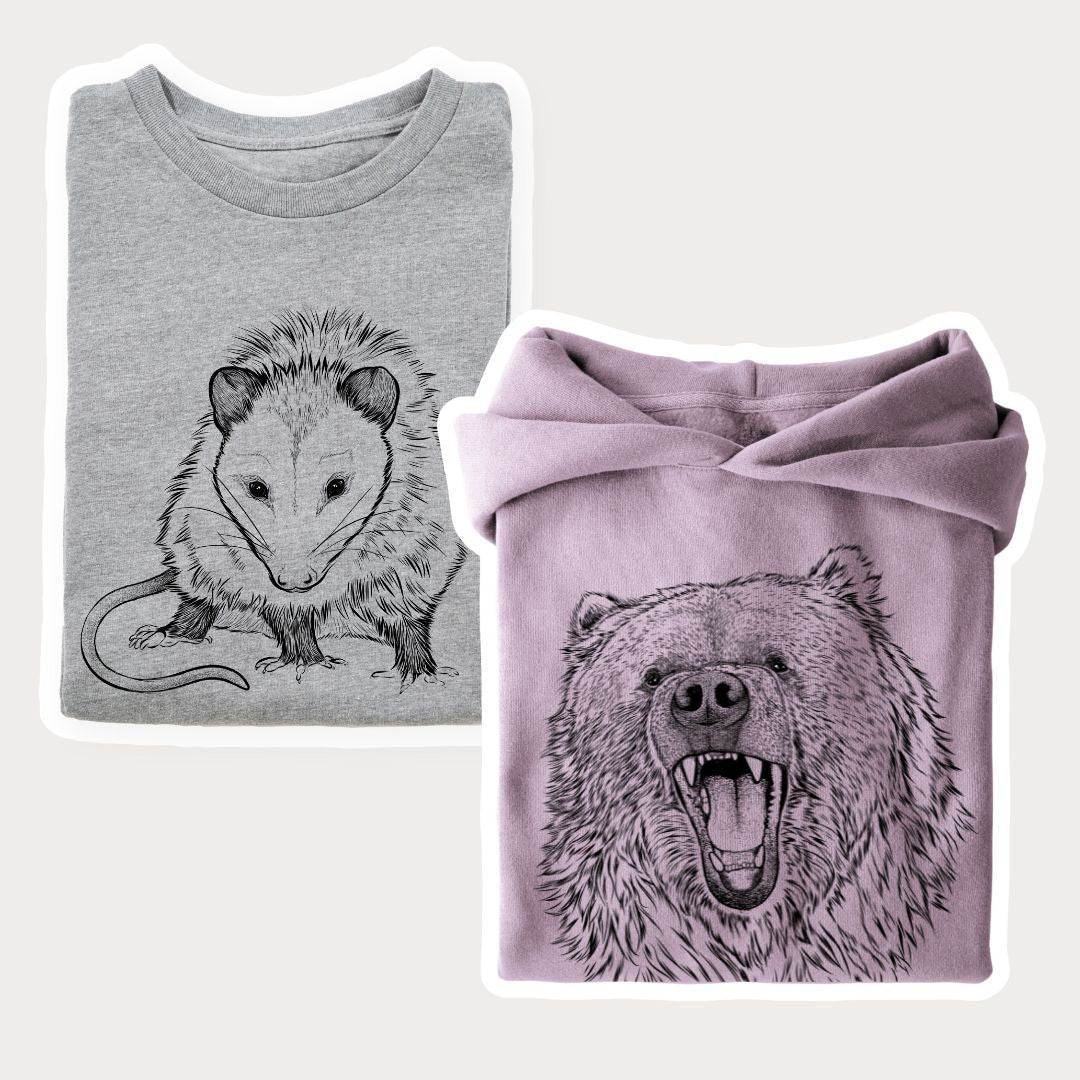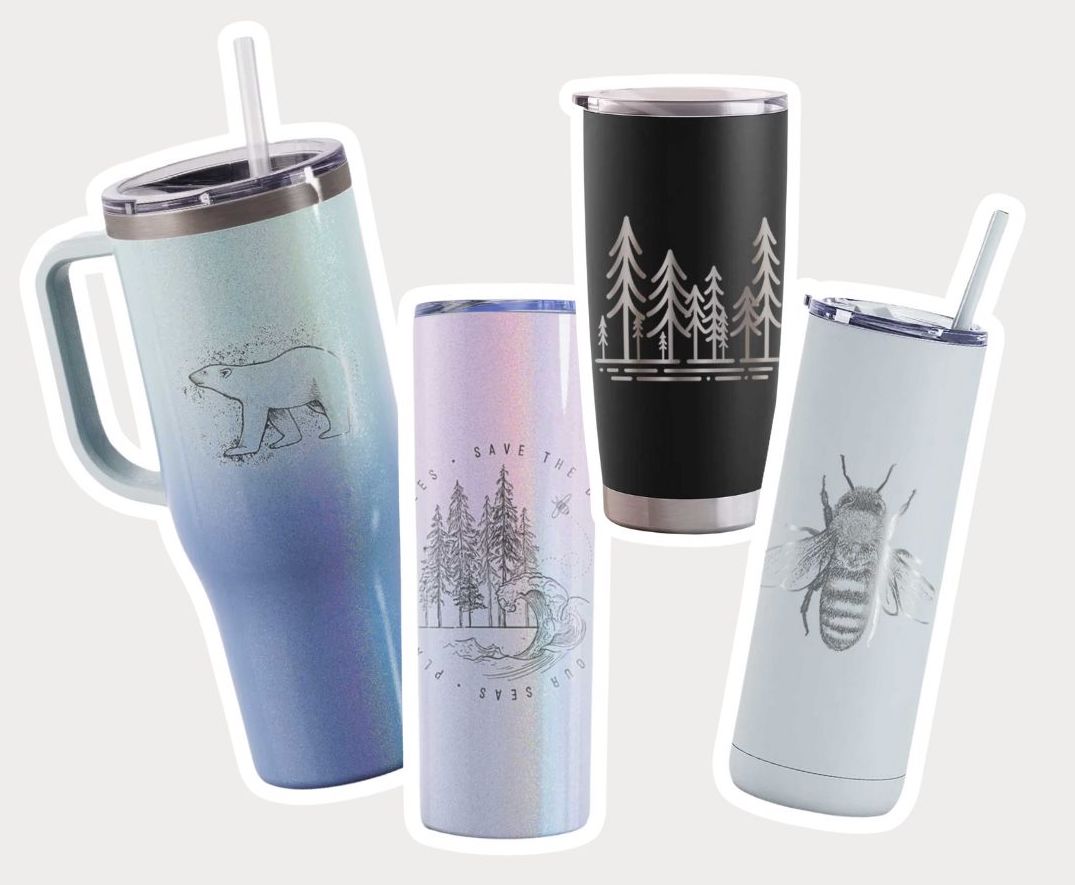The Whimsical World of Purple Wildflowers: A Symphony of Color and Curiosity
Imagine strolling through a lush meadow on a bright, breezy day. The rustle of leaves serenades you, the buzzing of busy bees, and a spectacle of colors that pop against the green tapestry of nature. Among these vibrant displays, a particular star often goes unnoticed yet quietly steals the show: the humble yet majestic purple wildflower. Today, we're diving deep into the enchanting realm of these floral gems, exploring their allure, secrets, and why they deserve a spot in our hearts and gardens.

The Purple Panorama
First off, let's set the scene. Purple wildflowers aren't just flowers; they're the rock stars of the plant world, dressed in shades from the softest lilac to the deepest violet. They come in all shapes and sizes, from the dainty bell-shaped blooms of the foxglove to the proud, spiky spires of the lupine. They all share a magical ability to transform a landscape into a canvas of purple hues that wave cheerfully as the wind passes through.

Why Purple, You Ask?
The color purple has a regal history. It's often associated with nobility and spirituality. There is something about it that makes you stop and stare. In the world of wildflowers, purple isn't just pretty; it's a beacon for pollinators. Bees, butterflies, and hummingbirds can't resist its charms. It's like nature cooked up a color that said, "Hey, look over here, and while you're at it, why not help me pollinate?" Smart, right?

A Tour Through the Purple Wildflower Hall of Fame
Let's meet some of the most popular purple wildflowers, the ones you might stumble upon during a hike or that might just be lurking in your backyard waiting for some appreciation:
- Lavender ( Lavandula angustifolia) : Ah, the sweet scent of lavender! It is a feast for the eyes, and its aroma is a staple in relaxation therapies. It's like nature's spa treatment. Whether you're enveloping your senses in its calming presence at sunset or using its dried blossoms for a soothing bath, lavender always impresses. It's a perennial favorite that keeps giving year after year.
- Wild Violets (Viola sororia): These tiny powerhouses might look delicate but are hardy survivors. They spread joy (and themselves) far and wide, sprouting up in both sun and shade. Often found peeking through lawns and garden corners, wild violets are more than just a pretty sight; they're a nostalgic nod to spring days and simple delights. Their heart-shaped leaves and vibrant blooms are a welcome surprise wherever they appear.
- Purple Coneflower (Echinacea purpurea): Not just a pretty face, echinacea is a garden warrior known for its medicinal properties that can give your immune system a natural boost. This wildflower stands tall with its bold, daisy-like appearance. It supports the health of those who cultivate it and is a critical ally for pollinators seeking sustenance during the balmy days of summer.
- Verbena (vervain): These clusters of tiny blooms are like the fairy lights of the flower world, adding a bit of sparkle wherever they grow. Verbena is the ideal choice for those who love to see their gardens thrive with life, as it attracts a host of pollinators. Its sprawling habit and endurance in hot, dry conditions make it a top performer in any floral lineup, illuminating garden edges, hanging baskets, and everything in between with its radiant purple hue.
- Foxglove (Digitalis): Stepping into the realm of the mystical, foxglove stands tall and stately with its tower of bell-shaped purple flowers. It's a beacon for bees, hummingbirds, and other pollinators and adds a touch of wild, old-world charm to any garden. But be cautious—while stunning, foxglove is toxic if ingested.
- Lupine (Lupinus): With its spiky blooms that shoot up like fireworks, lupine is a spectacle to behold. This wildflower is mainly known for its ability to thrive in poor soils, fix nitrogen, and enrich the land. Its rich purple clusters are a favorite among gardeners and play a pivotal role in supporting local ecosystems.

Growing and Caring for Your Purple Companions
Are you thinking of adding some purple wildflower pizzazz to your garden? Here's a quick guide to keep them happy:
- Sunlight: Most purple wildflowers love the sun. They're like solar panels, soaking up the rays to bring you those vibrant colors.
- Soil: Good drainage is vital. They're not fans of "wet feet," so well-draining soil will prevent them from being too soggy.
- Water: While they're generally low-maintenance, a good drink will keep them smiling during dry spells.
- Spacing: Give them room to breathe and flourish. Overcrowding can lead to a garden drama nobody wants to deal with!

Purple Wildflowers in Folklore and Fairy Tales
Did you know that purple wildflowers have a rich history in folklore? These flowers aren't just a treat for the eyes. They are rich with mystery and magic. Lavender was believed to ward off evil spirits, and violets symbolized ancient Greek love stories. Every petal and leaf comes with a story, adding a layer of mystique to their already captivating presence.

Why They Matter Beyond Beauty
Beyond their visual appeal and folklore, purple wildflowers play a crucial role in our ecosystems. They're not just decorations; they're vital components of their habitats. By planting purple wildflowers, you're beautifying your space and providing crucial support to local wildlife, from pollinators to the various critters that rely on these plants for survival.
For more on integrating these nature's rebels into your garden, check out our comprehensive guide: "Wildflowers for the Garden: Unleashing the Splendor of Nature's Rebels."

In Conclusion: The Call of the Purple Wild
So, think purple next time you're out and about or pondering over your garden's next addition. Think of the wildflowers that don't just add color but bring life, stories, and a slice of the wild to our doorsteps. Whether you're an avid gardener or a nature enthusiast, embracing these violet visions can be a step toward a more vibrant, lively environment.
In the end, purple wildflowers aren't just another pretty addition to our landscapes. They remind us of nature's beauty and complexity, urging us to pause, admire, and protect. So, wear your love for purple on your sleeve, or better yet, plant it in your garden and #WearYourBecause with pride and purpose. Let's keep the purple parade marching in our hearts and homes, one wildflower at a time!















Leave a comment (all fields required)